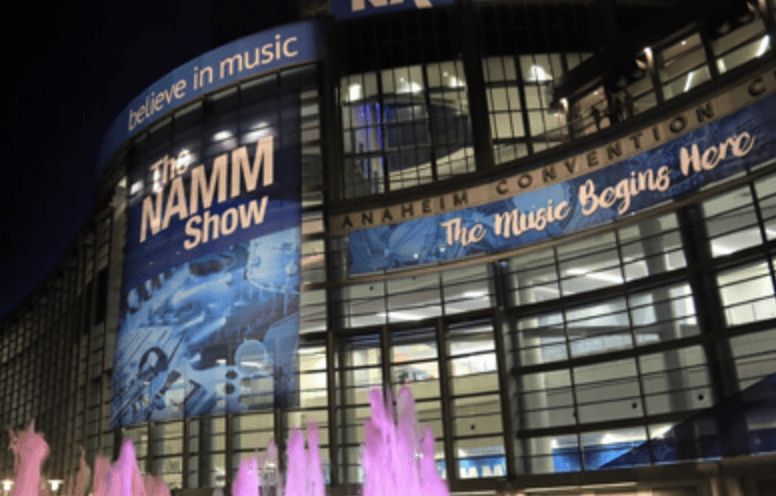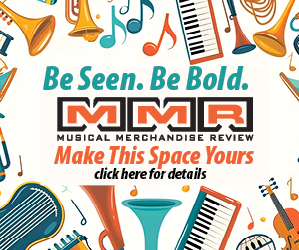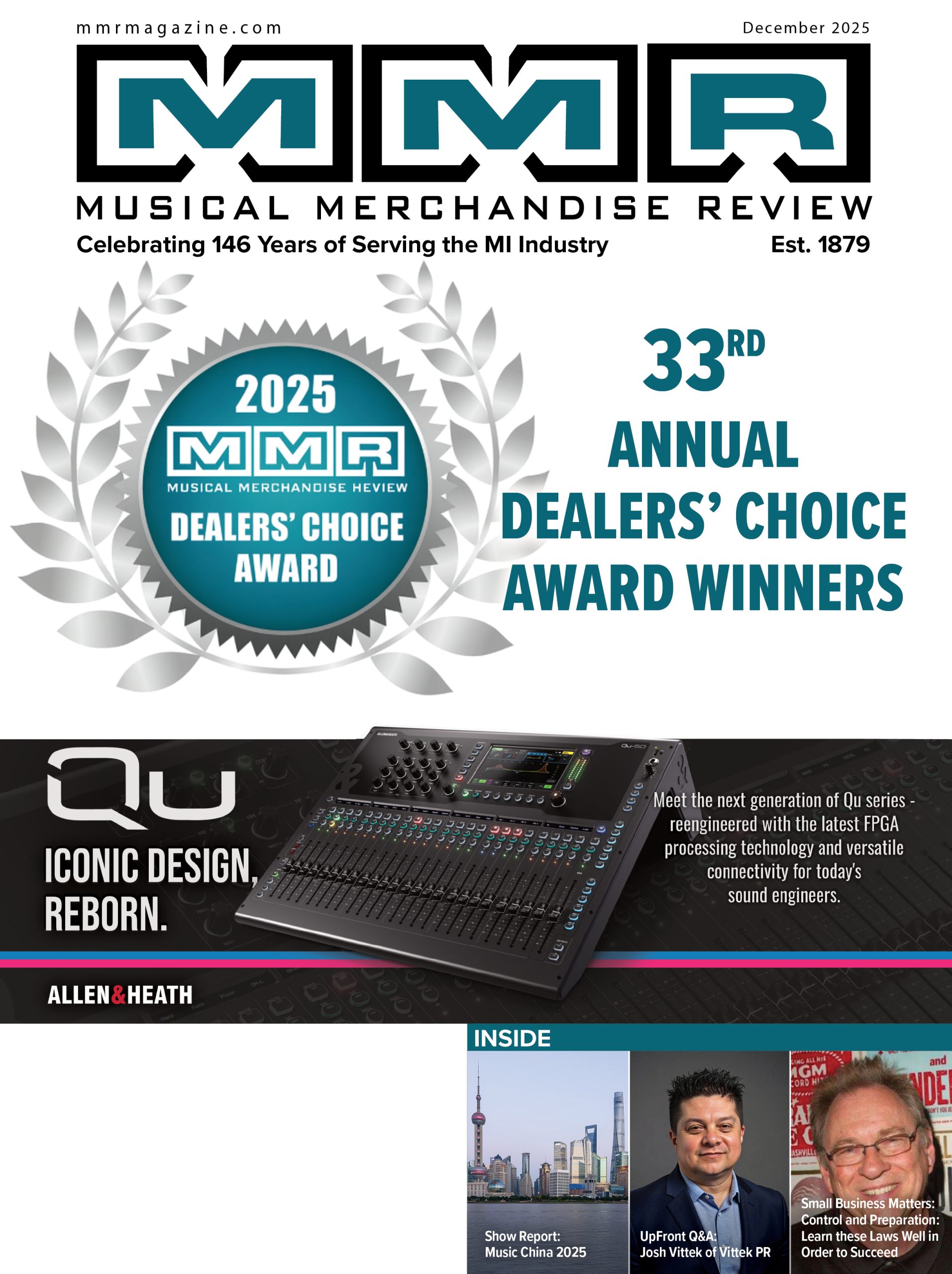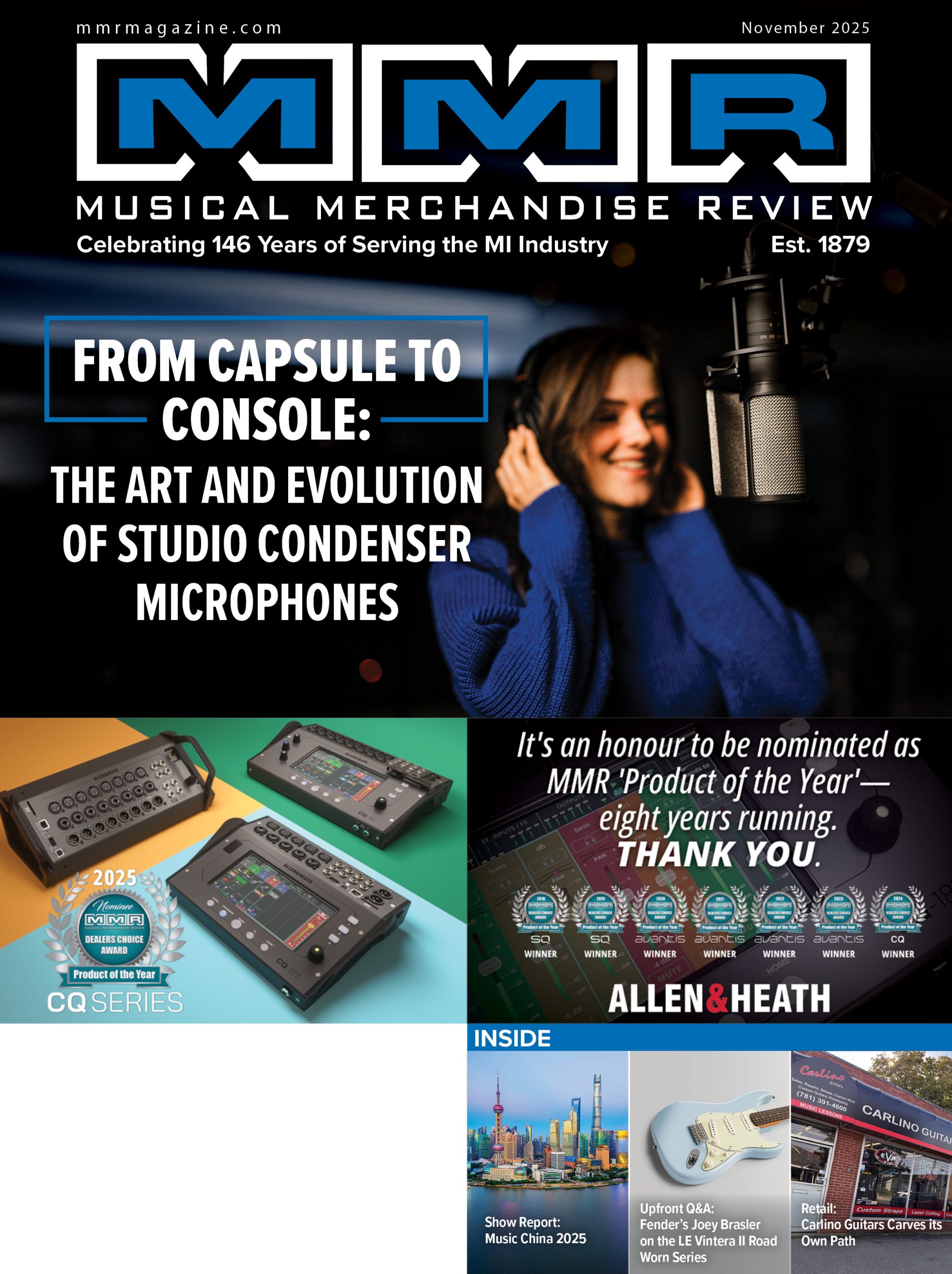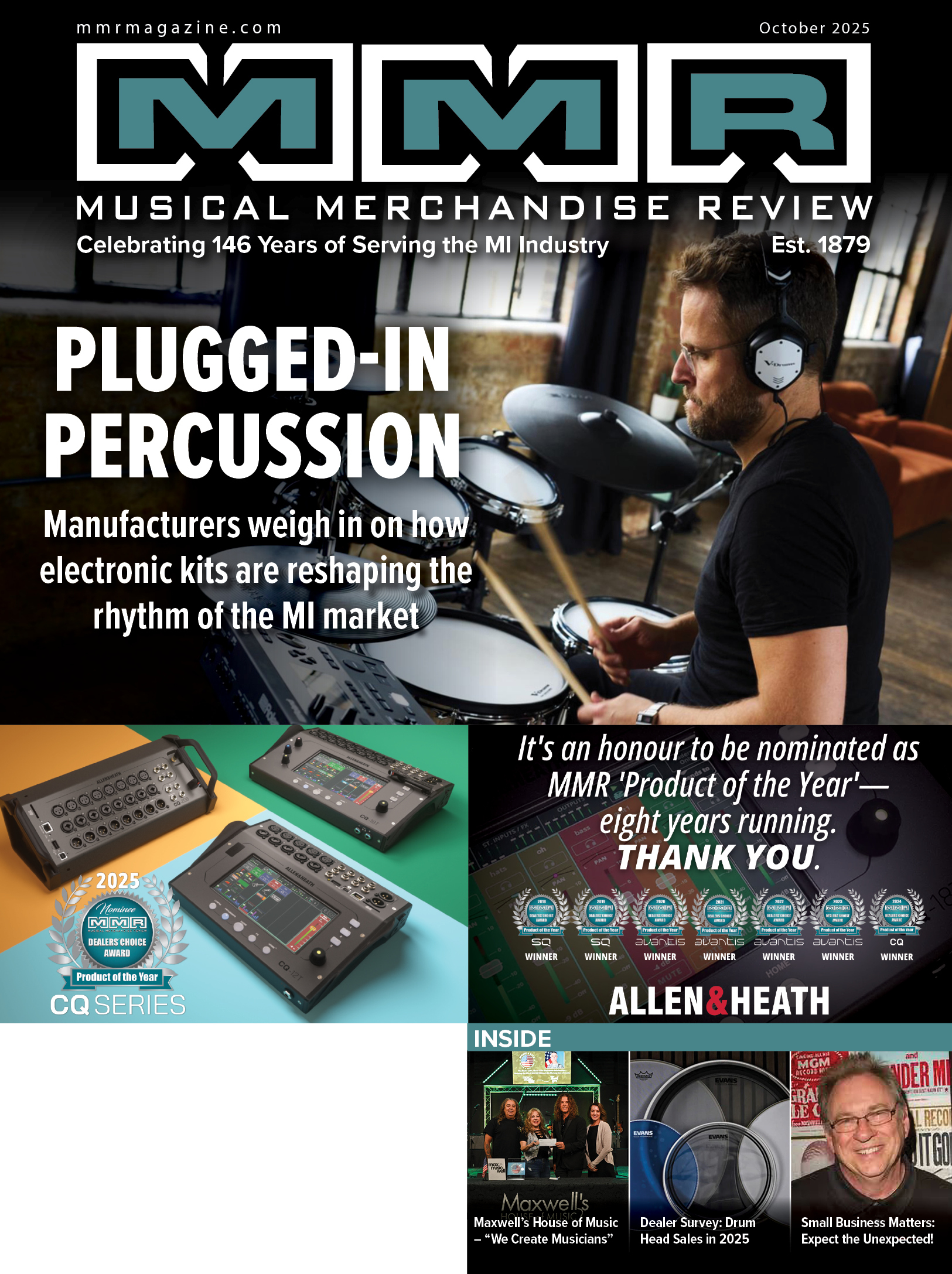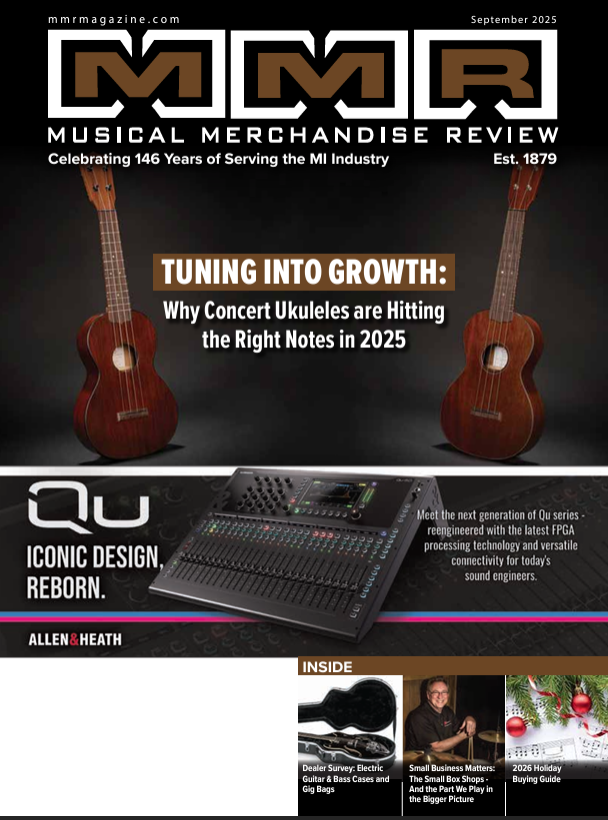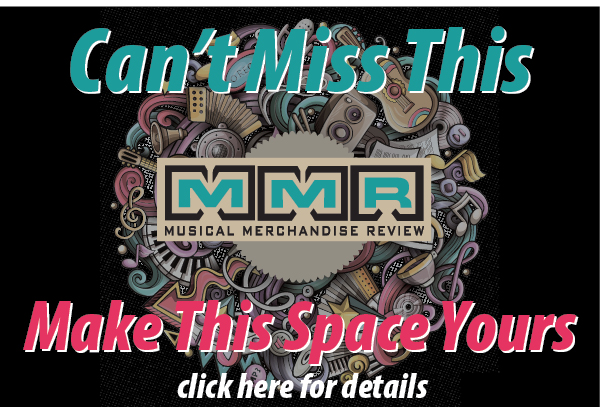 A pack of strings, a set of sticks, and a show. That's what customers are increasingly coming for when they arrive at MI retail. It was inevitable that what has become the overarching trend in the music industry in this century so far – the shift in its revenue basis from recorded music to live performances – would impact the retail music store.
A pack of strings, a set of sticks, and a show. That's what customers are increasingly coming for when they arrive at MI retail. It was inevitable that what has become the overarching trend in the music industry in this century so far – the shift in its revenue basis from recorded music to live performances – would impact the retail music store.
Stores like World Music in Nashville, Rick's Music World south of Boston, Ponier Music in Marietta, Georgia, Contemporary Music Center in Haymarket, Virginia, and Guitar Center stores in New York, New Orleans, Louisville, and Austin have experienced success putting on in-store live show facilities for the last several years. That's not surprising: – over the last decade, concert ticket sales in the U.S. tripled, reaching $4.6 billion.
This at the same time that physical music sales of CDs and vinyl fell by 11.7 percent to $7.73 billion. Since the introduction the iTunes Music Store in 2003, music sales have plummeted in the United States – from $11.8 billion in 2003 to $7.1 billion last year, according to the Recording Industry Association of America.
Even as the legacy record-label business continues to dwindle, the new powerhouses of the music industry are the ones focused on live music. Live Nation and AEG Live produce thousands of shows a year and are building or acquiring new performance venues at an ever-faster clip. Electronic dance music (EDM), which barely sells any records at all, is a genre based almost exclusively on live shows like Electric Daisy Carnival and Electric Zoo. That's what compelled SFX Entertainment to invest $1 billion in acquisitions of rights to festivals and event producers and take them public in an Oct. 9 IPO that raised $260 million. Live music, in the form of sales of tickets and sponsorships, is forecast to generate revenues of $30.9 billion in 2017, up from $26.5 billion in 2012, and it's behind an explosive growth in the number of new music venues.
For musicians, live shows produce immediate financial rewards (though not necessarily rent payers). Combined with ancillary revenue that live performances generate, such as merchandise sales, no wonder musicians are trying to cap every day spent recording with a night spent performing.
We've Been Here Before
In-store live music performances are nothing new. Certainly record stores like Amoeba Music in San Francisco and Hollywood have regularly put on live shows as part of promotions, a trend that's only increased with the growing popularity of Record Store Day. London-based Rough Trade music stores, which prominently feature in-store live shows, landed a foothold in Brooklyn last year. MI stores have held live shows for purposes such as showcasing their teachers and their students, and to use those performance spaces to demo new products. But with the rise of live music as the prime motivator behind the business of music, MI retail stores need to put more of an emphasis on their performance spaces if they have them, and consider adding them if they don't already.
There are lots of practical things to keep in mind when adding a live performance component to a retail space, including local code regulations. But the most important of all is the realization that a performance space these days isn't competing with those of other stores – its competition is actually music clubs themselves. You're not going to need to apply for a liquor license (in fact, that's the last thing you want to do), but you will want to make sure that your performance space is reasonably on a par with local venues of similar size in terms of sound and lights. For many stores that also sell pro audio equipment, this is an attainable goal. But in any event, pay attention to things like acoustical treatment and soundproofing. Don't overthink aesthetics but don't overlook them, either – a certain grunginess is attractive to many musicians but their parents are going to be in the audience sometimes, too. (Hot Topic's stores manage to strike this balance nicely.)
Not everyone operates their performance spaces as a profit-making proposition. Some do and they have to tweak things periodically to create additional value. For instance, Ponier Music owner Doug Ponier plans to add five Go-Pro wireless cameras to The Warehouse, the family-friendly, all-ages, no-alcohol music performance space he has adjacent to the store. These will enable him to offer bands and parents either raw or edited footage of performances, at different price levels.
The performance space offers plenty of value in and of itself, though. At a time when music clubs are being bannered like NASCAR racers with MI, pro audio, and lifestyle product branding, the music store's performance space can be used to promote the store itself, as well as its services such as lessons and instrument repair. The in-store stage can be a unique and useful marketing tool, one that's particularly well-suited to the rising emphasis on live music at the moment. It sends an unambiguous message to customers and students alike: We can sell you the instruments, teach you to play them, and give you a place to show what you can do.
But whether it's a profit center, self-liquidating, or a loss leader, the performance space is becoming a more critical component of the business plan for navigating the changing waters of music as a business.
Dan Daley is a veteran pro audio writer and journalist, as well as the author of several books. He is a recovering musician, but enjoys occasional relapses.













